Donald Trump has opened a new front in his trade war with China, deploying a family confidant to Kinshasa to challenge Beijing’s control of critical minerals. Almost unnoticed amid the tariff battles, Trump is working to reclaim the mineral supply chains that power the modern world – starting in the Democratic Republic of Congo at Africa’s heart. His plan is to give US military assistance to the beleaguered government of President Félix Tshisekedi in return for access to cobalt and copper reserves worth trillions.
Congo produces 70 percent of the world’s cobalt – used in electric vehicles, smartphones and advanced weaponry. It also exports copper, tantalum and lithium – everything needed to build batteries, missiles and data centers. China controls most of the mines and the processing. Trump wants to change that. His plan, like much of his foreign policy, is both bold and belated.
I’ve worked for 20 years as a lawyer on minerals deals in Congo and seen Chinese flags rise over project after project – roads, mines, factories – while Washington and the West have retreated to the sidelines. Now Trump is trying to reverse this drift. He has named his son-in-law’s father, Massad Boulos – a businessman with no diplomatic background – as US Senior Adviser for Africa.
Trump’s strategy began late last year with meetings in Mar-a-Lago, where a team sent by President Tshisekedi pleaded for US military assistance to counter a growing rebel insurgency in the DRC. Trump responded by sending Boulos to Kinshasa, bypassing the State Department. Boulos began work with Tshisekedi on a minerals-for-military-assistance deal. Last week, he announced that the two governments had agreed on a “path forward.” But no written agreement has been released.
China’s dominance in the DRC is formidable, built through decades of strategic investment and control. Chinese companies such as CMOC and Zijin Mining control approximately 80 percent of the country’s cobalt output, according to the US Army War College. This grip stems from deals like the 2007 Sicomines agreement, which traded $3 billion in infrastructure – including roads, hospitals and power plants – for $93 billion in mineral rights over 15 years.
In total, Beijing has poured over $240 billion into sub-Saharan Africa since 2000 to secure access to critical resources. Mines like Tenke Fungurume, acquired from US mining giant Freeport-McMoRan in 2016 for $2.65 billion by China Molybdenum, show how China has methodically captured the minerals supply chain.
These minerals are central to Trump’s trade war with China. Cobalt powers lithium-ion batteries critical for electric cars, smartphones and renewable energy storage. Copper is used in electrical grids, wind turbines and advanced weaponry like hypersonic missiles, while lithium and tantalum enable next-generation batteries and military electronics, including drones and tank armor. America is now intensifying its stockpiling efforts as China’s control of these minerals poses a growing threat to US industrial capacity and national security. But it is a decades-long lag that Trump is racing to overcome.
Tshisekedi’s presidency is under severe strain. The Rwanda-backed M23 rebels have surged through eastern Congo, exploiting the nation’s instability to devastating effect. Since November, M23 has captured Goma, North Kivu’s million-strong capital, and Bukavu in South Kivu. They also seized Walikale, a mineral-rich trading post – their deepest westward advance – and control roughly half of North Kivu, with support from an estimated 3,000 to 4,000 Rwandan troops. The rebels have disrupted trade routes, displaced 780,000 people and left thousands of dead, plunging the region into chaos. Last month M23 withdrew from Walikale ahead of peace talks, allowing the DRC army to reclaim it in early April – a rare victory amid a string of defeats.
Tshisekedi’s attempts to rally allies have faltered. South Africa sent a force of 5,000 to Congo but then withdrew them after losing 19 soldiers; Burundi’s troops retreated after Bukavu’s fall; the UN’s 11,000-strong Monusco mission in the DRC has been ineffective. Private military contractors working for the government are said to have abandoned their posts. With his army’s earlier retreats marred by looting, Tshisekedi is leading a crumbling state, prompting him to appeal for US assistance.
Trump’s plan is to redraw supply routes from the DRC to reduce its reliance on China. A key part of that strategy is the $1.6 billion Lobito Corridor rail project, which will carry minerals like cobalt and copper from inland DRC and from Zambia to Angola’s Atlantic coast – bypassing Chinese-dominated lorry export routes through Tanzania and South Africa. Once complete, the corridor will allow direct shipments from the port of Lobito to the United States and other western markets, cutting Beijing out of the loop.
At the same time, Trump is pushing US firms to invest in Congo’s mining sector and expanding their minerals refining capacity – potentially by using government-controlled facilities as processing hubs.
Trump’s model for the DRC appears to be like the Ukraine deal, with strategic minerals like nickel negotiated as compensation for military and financial assistance already being provided by the US. Success in the DRC could free the US from Beijing’s dominance while stabilizing Tshisekedi’s beleaguered government. Failure risks escalation with Rwanda, which denies backing M23 but has threatened reprisals.
Trump realizes the US is dangerously exposed to China’s chokehold on critical minerals. By leveraging military assistance to Tshisekedi, who desperately needs it to survive a civil war, Trump has a way in. But sending a family member like Boulos isn’t enough. The strategy hinges on US companies falling in line – massive investment will be required, a process that will take years. How willing American firms are to operate in a country mired in conflict and corruption could determine whether Trump’s trade war gambit gains traction or collapses under its own ambition.



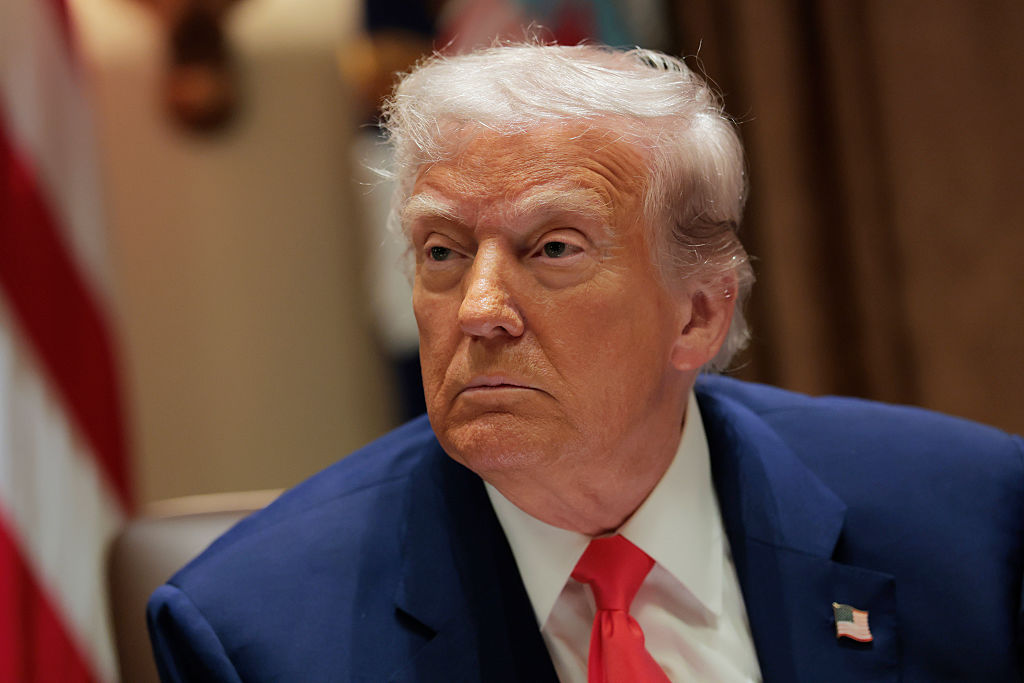






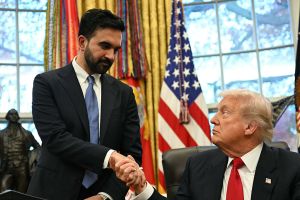

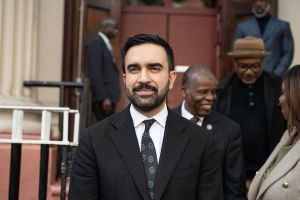
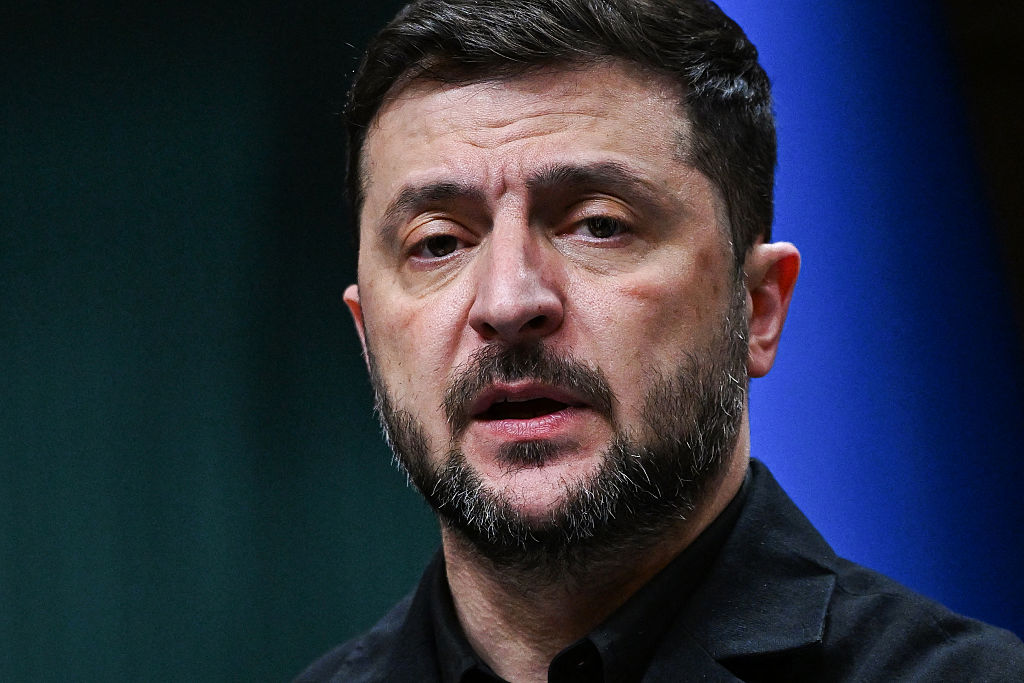
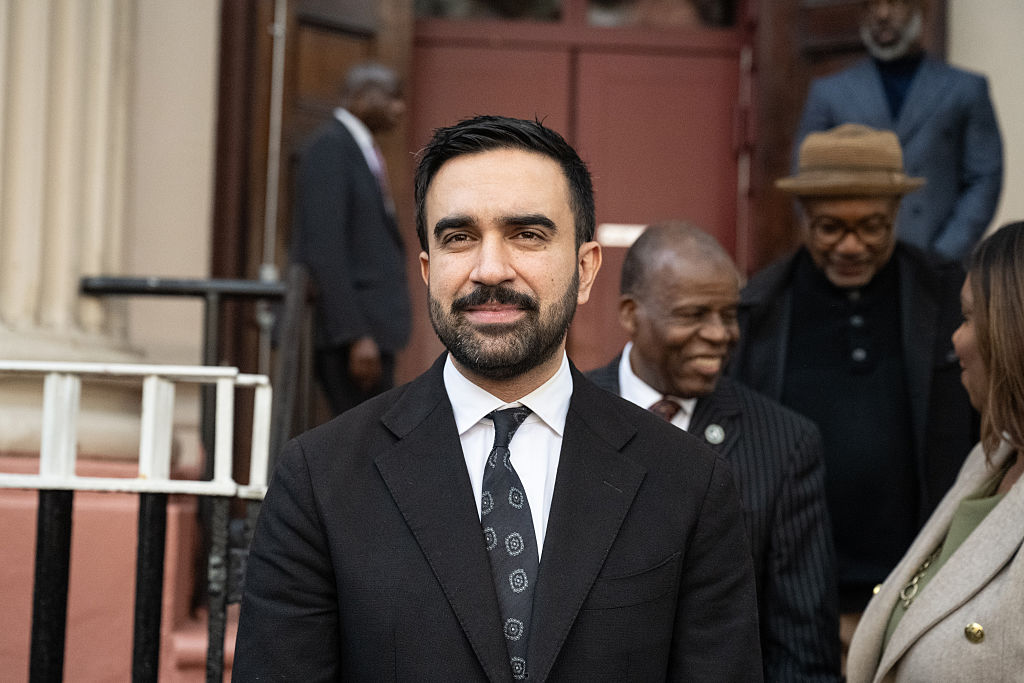
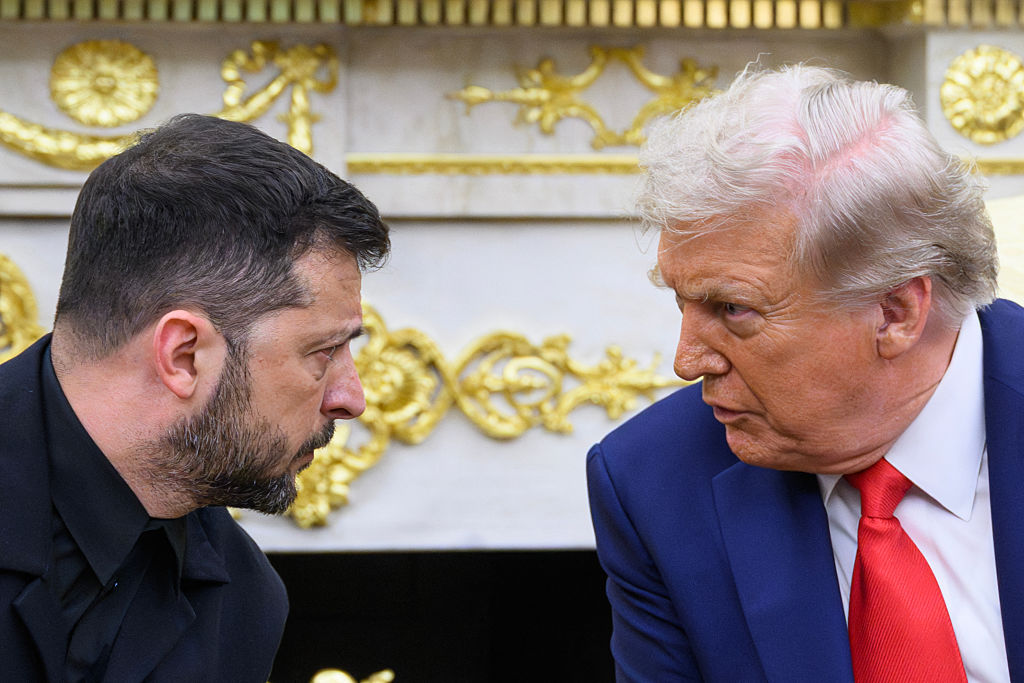


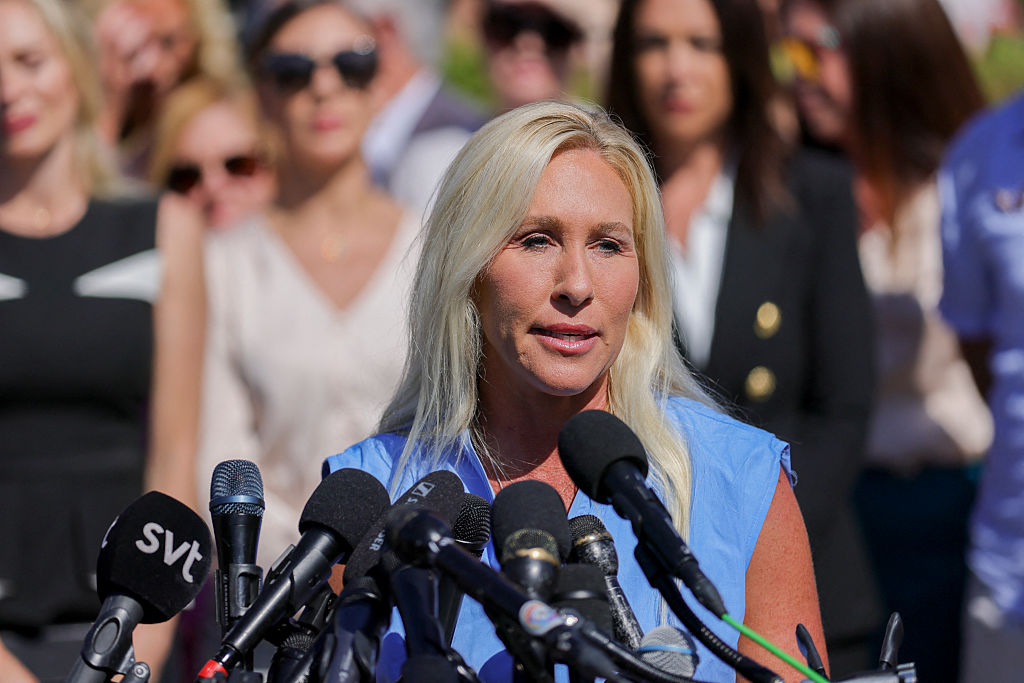

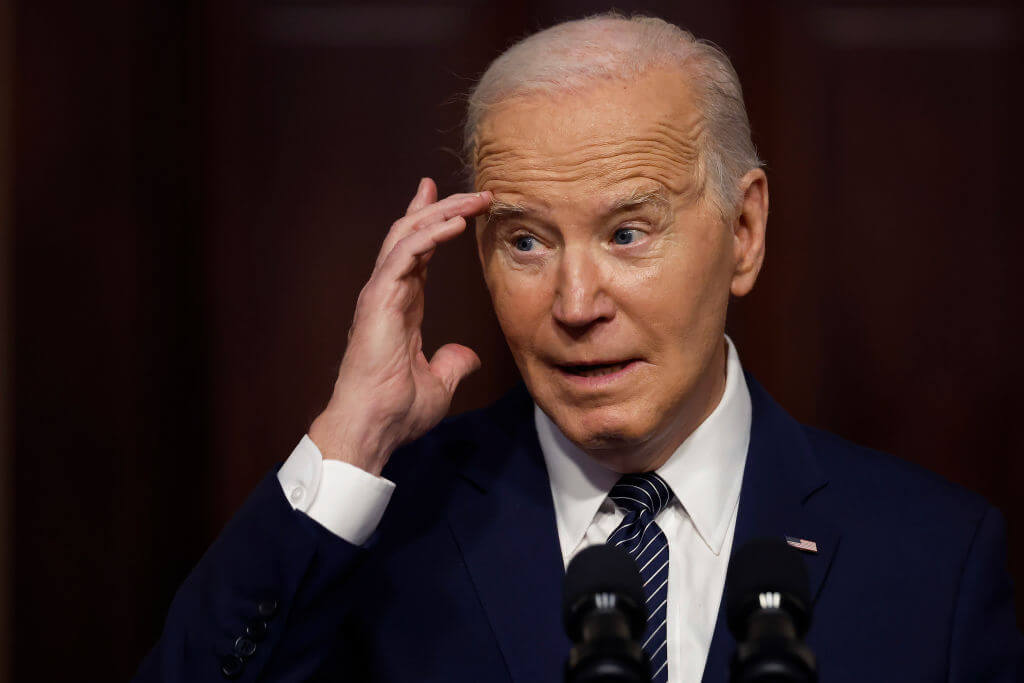



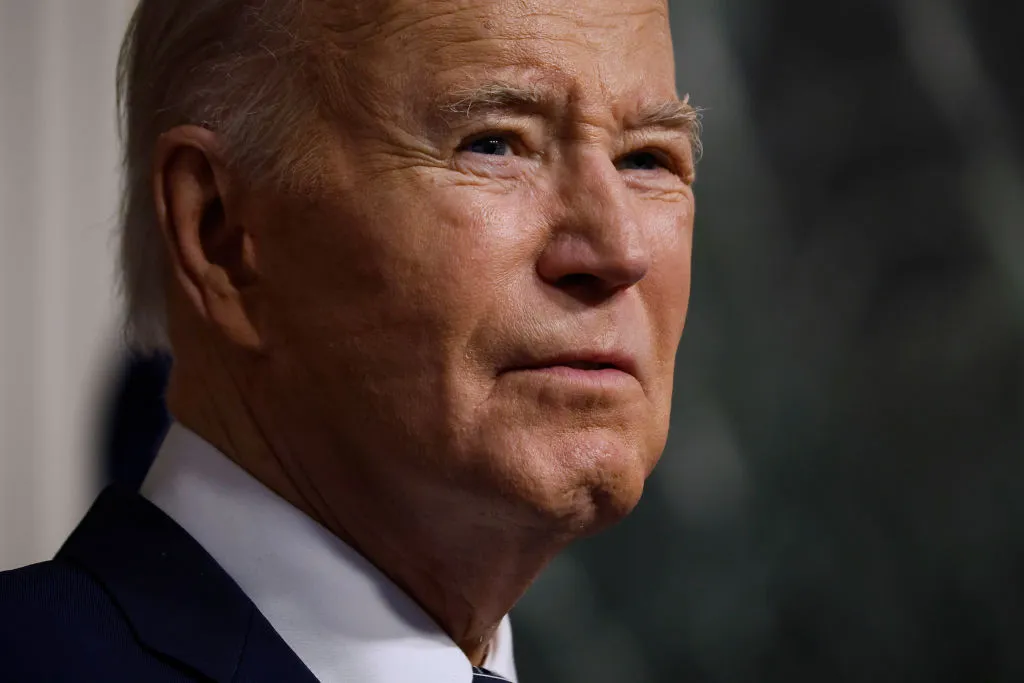

Leave a Reply